- TOP >
- Museum >
- Exhibition >
- ASIAN FIGURES WHO SHAPED HISTORY
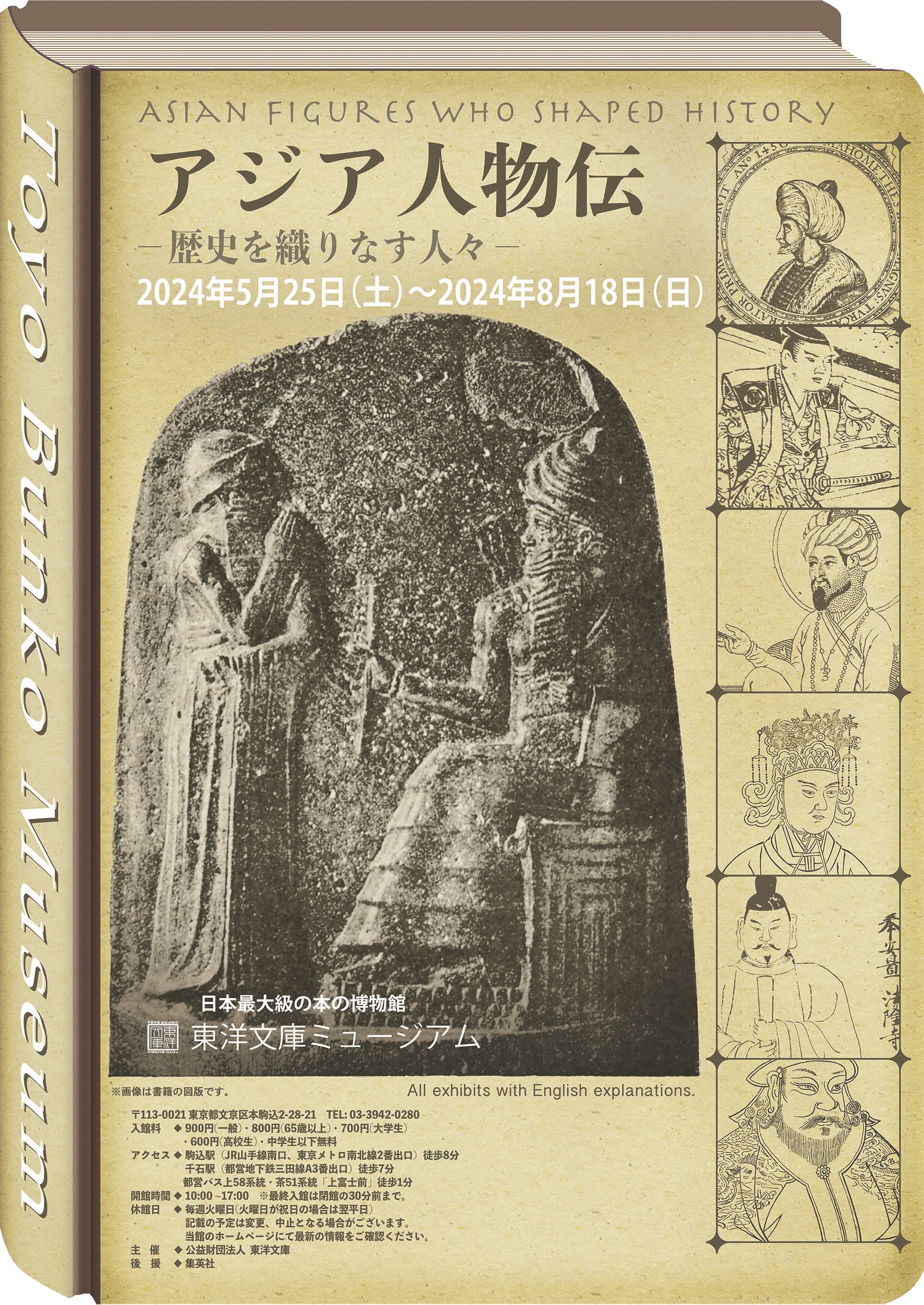
ASIAN FIGURES WHO SHAPED HISTORY
2024.5.25 Sat -
2024.8.18 Sun
The historical information that we earn from text books and specialized books are often compiled on the basis of countries and regions. This special exhibition focuses on “people” who left marks on history and survey the history from ancient to modern times from wide viewpoints that cover all over Asia by including Japan. By looking at the achievements and their influences of historical figures through historical materials, let’s explore what kind of movements and characteristics of the period emerge as Asian history, not by country or region. We are sure you will enjoy discovering who were living in the same period as whom.
The original titles and invoice numbers of the exhibited materials can be found here.
After the exhibition, these materials can be viewed in the reading room (some may not be available).
Please click here for detailed information on how to browse.
Exhibition Structure and Highlights
Establishment and Development of Ancient State (c. 3500 BC – 7nd century)
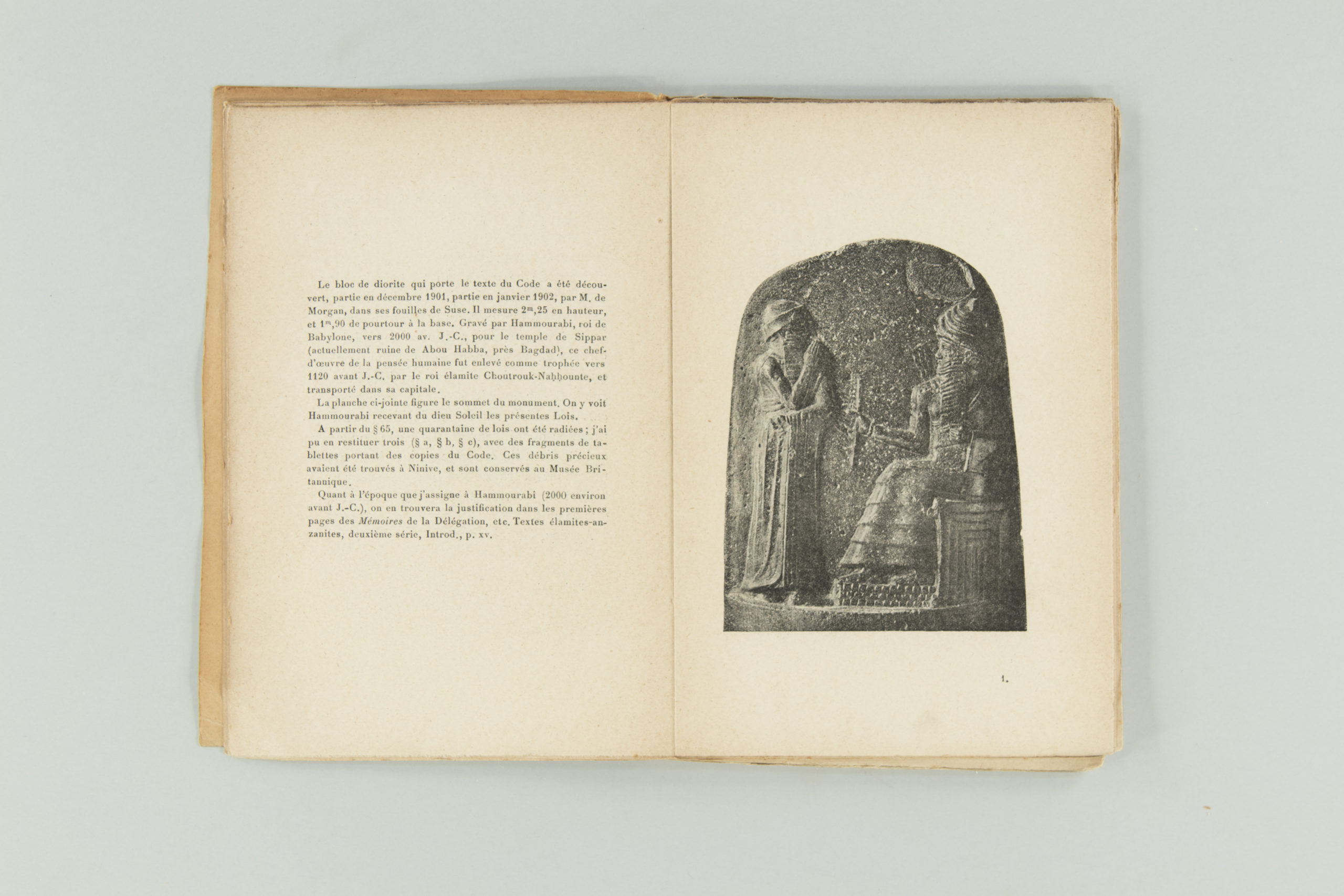
Code of Hammurabi, V. Scheil, 1904, Paris
The Babylonian Empire, centered in Babylon, emerged in 1880 BC in the region known as Mesopotamia. Among its rulers, Hammurabi stands out as the most renowned. Under Hammurabi's reign, the Babylonian Empire expanded its dominion over the Mesopotamian territories, consolidating its power. The famous Code of Hammurabi was promulgated towards the end of his rule. A guardian deity and king are depicted on the monument of the code as shown on display. One of its most notable provisions, "An eye for an eye, a tooth for a tooth," aimed to curb excessive retribution by ensuring that the punishment matched the crime. However, the severity of punishment varied depending on the social status of the victim and perpetrator.
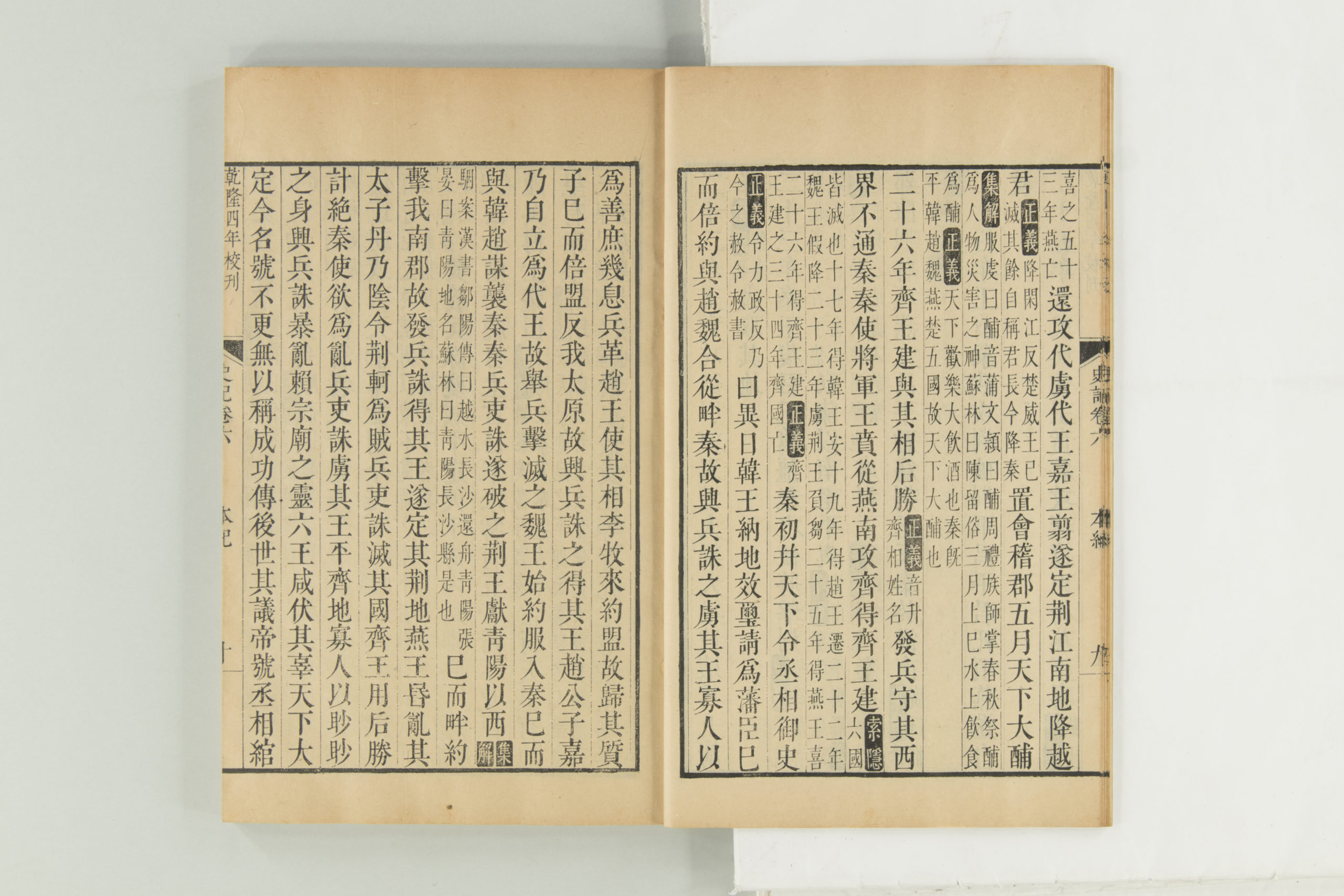
Shiji (Historical Records): The Annals of Qin Shi Huang,
Sima Qian, completed in c. 91 BC, published in 1739
Qin Shi Huang (259 BC – 210 BC) was the first emperor to unify China in 221 BC as the king of Qin, one of the states during the Warring State era of China, and established the base of the later successive dynasties. The most basic historical source relating to Qin Shi Huang is Shiji, which is a history book written by Sima Qian, a historian of the Former Han dynasty, a dynasty after the Qin dynasty. Shiji describes that Qin Shi Huang unified the characters, how he ruled by law, and conducted various engineering projects including the Great Wall of China. In later years, Confucian perspectives also led to records that speak of the Qin Shi Huang as a tyrant.
The Fusion of World Religions and Local Cultures and the Rise of a New Social Class (7th century–13th century)
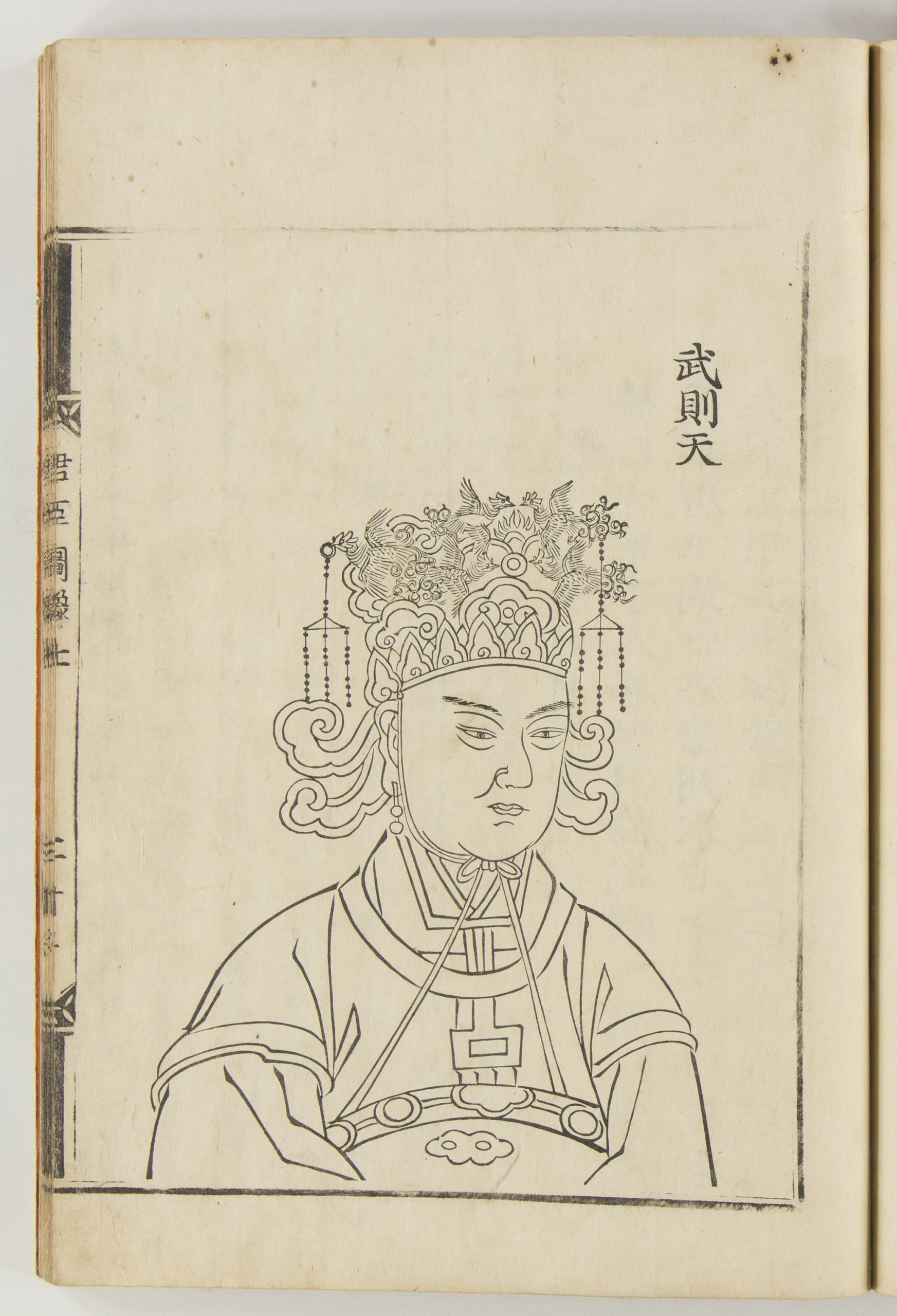
Chinese Historiographical Text, completed in 1084, published in 1869
Wu Zetian (624?-705) is the only female emperor in Chinese history. First, she became a consort of Emperor Taizong. After Taizong died, she became an empress of the subsequent emperor Gaozong, and deeply involved in politics. Furthermore, when Gaozong died, she drove her sons out of power, became an emperor, and renamed the country “Zhou.” This chronicle book of the successive dynasties on display was completed in 1084. However, because the book does not acknowledge “Zhou” as an official dynasty, she is criticized for governing the country as an “empress” and problematizes its cruelty. On the other hand, the book evaluates her ability to distinguish and appoint excellent ministers.
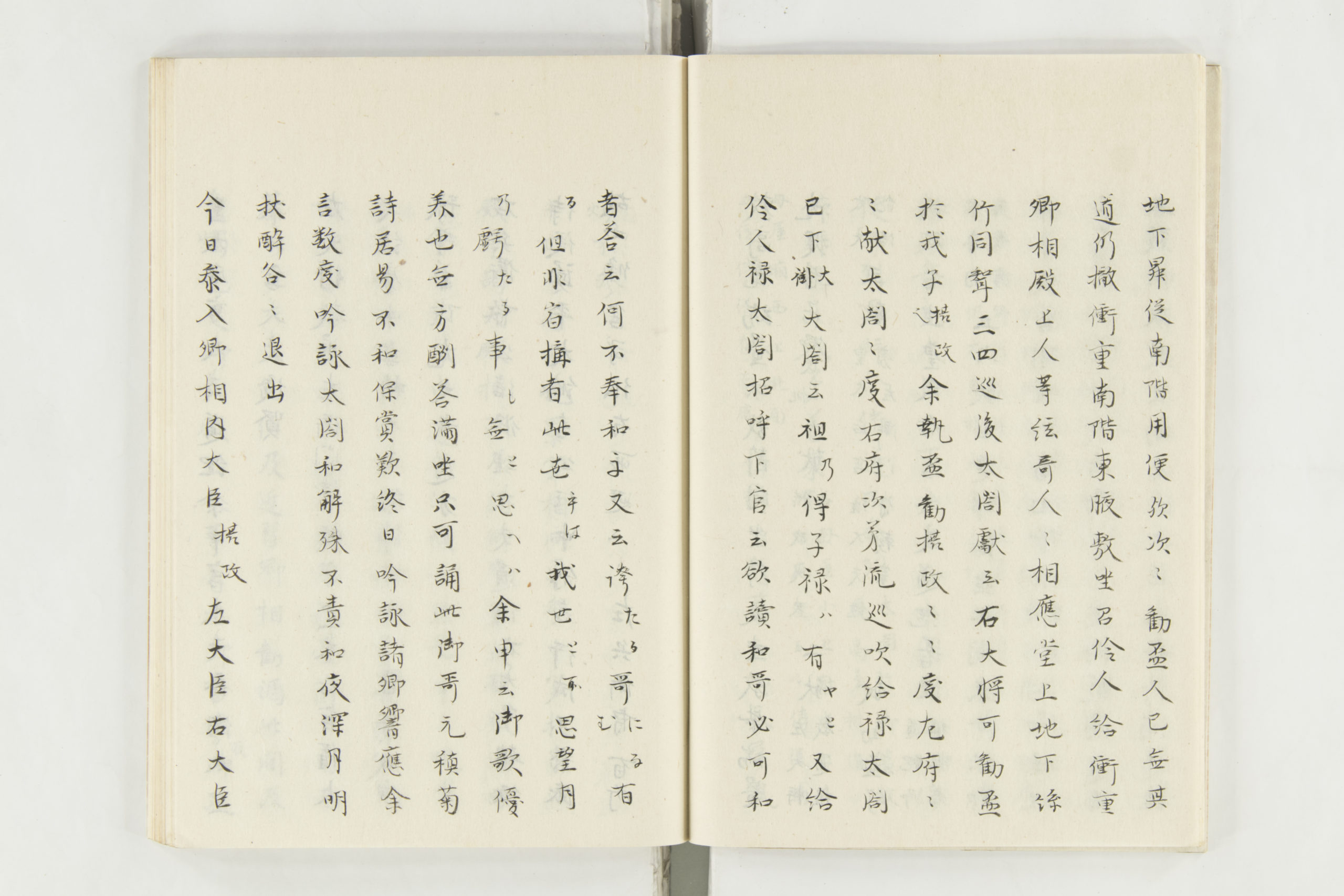
Shoyuki: The Records of Fujiwara no Sanesuke, Fujiwara no Sanesuke, 982-c. 1032 (manuscript of the Edo period)
In Japan during the Heian period (794-1185), the aristocracies, who acquired power by having marital relations with Imperial family, exerted power. From this circumstance, Fujiwara no Michinaga (966-1027) and his son Yorimichi reached their highest prosperity. They Assisted Emperor and assumed the rein of government. Also, Michinaga is known for contributing to the cultural aspect. Shoyuki on display is a diary by Fujiwara no Sanesuke, who was well versed in rites and government practices. The book includes a famous poem “This world, I think/ Is indeed my world” composed by Michinaga.
From the Unification of Eurasian East-West by the Mongol Empire to the Post-Mongol Era (13th century – 15th century)
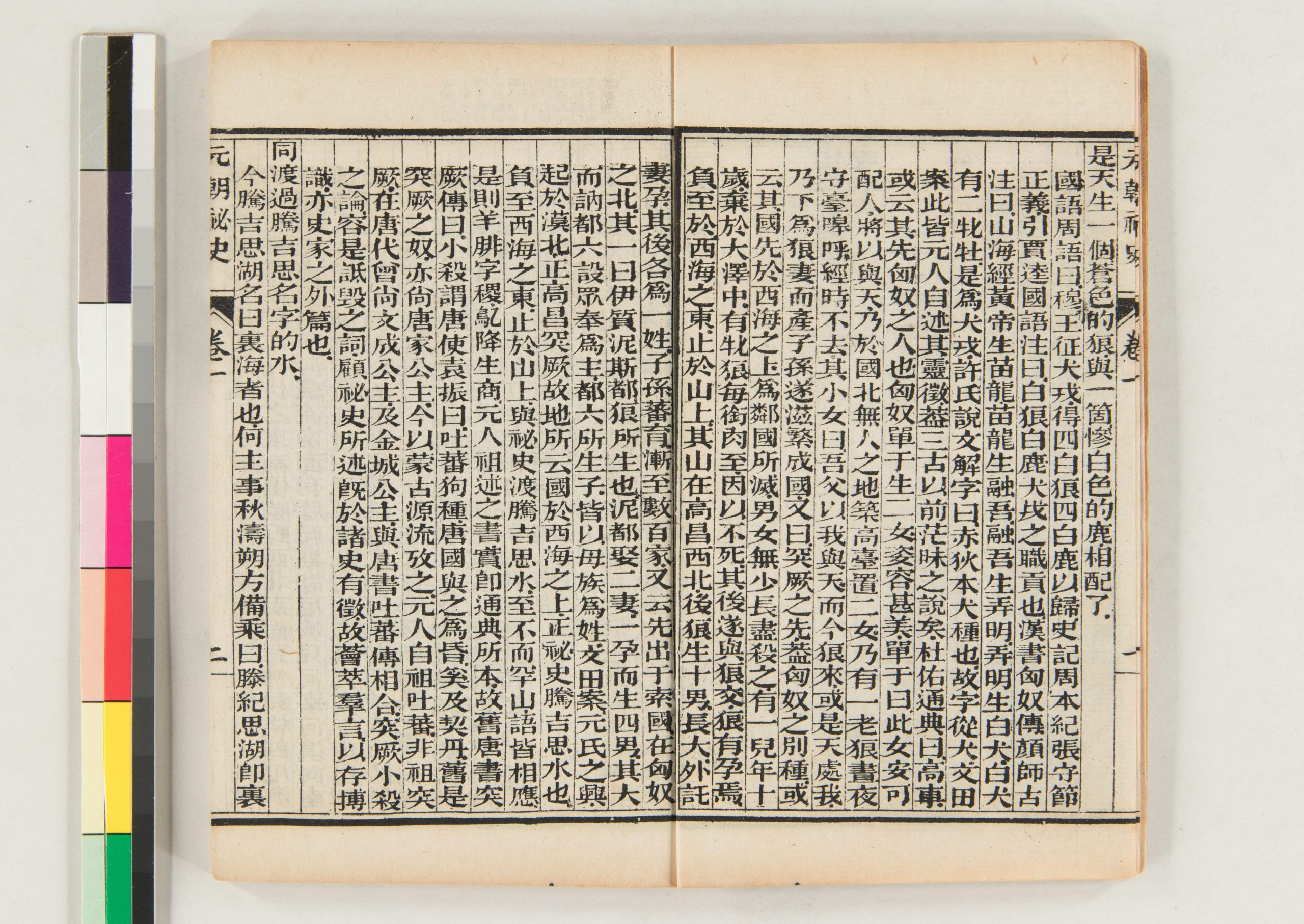
The Secret History of the Mongols,
completed in the 13th-14th century published in 1903
The Secret history of the Mongols is a history book on the life of Genghis Khan (?-1227) and his successor Ogodei. Genghis Khan was the founder of the Mongol Empire and he ruled the vast Eurasian Continent. He is considered to have been given birth by the divine order through a blue wolf and white doe. This book has long been known as the most detailed historical document on Genghis Khan, but in recent year, its historicity has come into question.
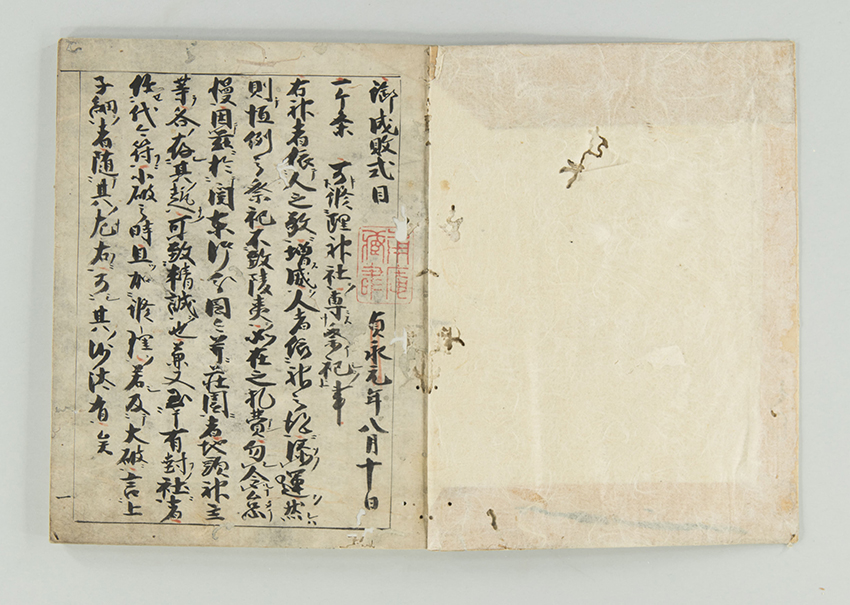
Formulary of Adjudications, transcribed in the 15th – 16th century
Formulary of Adjudications was the legal code for samurai (military nobility) government that was established in 1232. The code was established based on the customs and moralities of the samurai society and clarifies the legal arrangement on the trial under the control of the Shogunate (feudal government) at the political realm of the Shogunate. The 51 articles of legal code include the importance of shrines and temples, the organization of the shogunate, land ownership and sales, criminal matters, inheritance, and other matters that are important to the samurai. Hojo Yasutoki (1183-1242), who established the legal code, is often admired as a wise ruler because of his fairness and selflessness in not being interested in promotion to a higher position or expansion of his domain.
Prosperity of a Powerful Nation and Contact between East and West (16th century – 19th century)
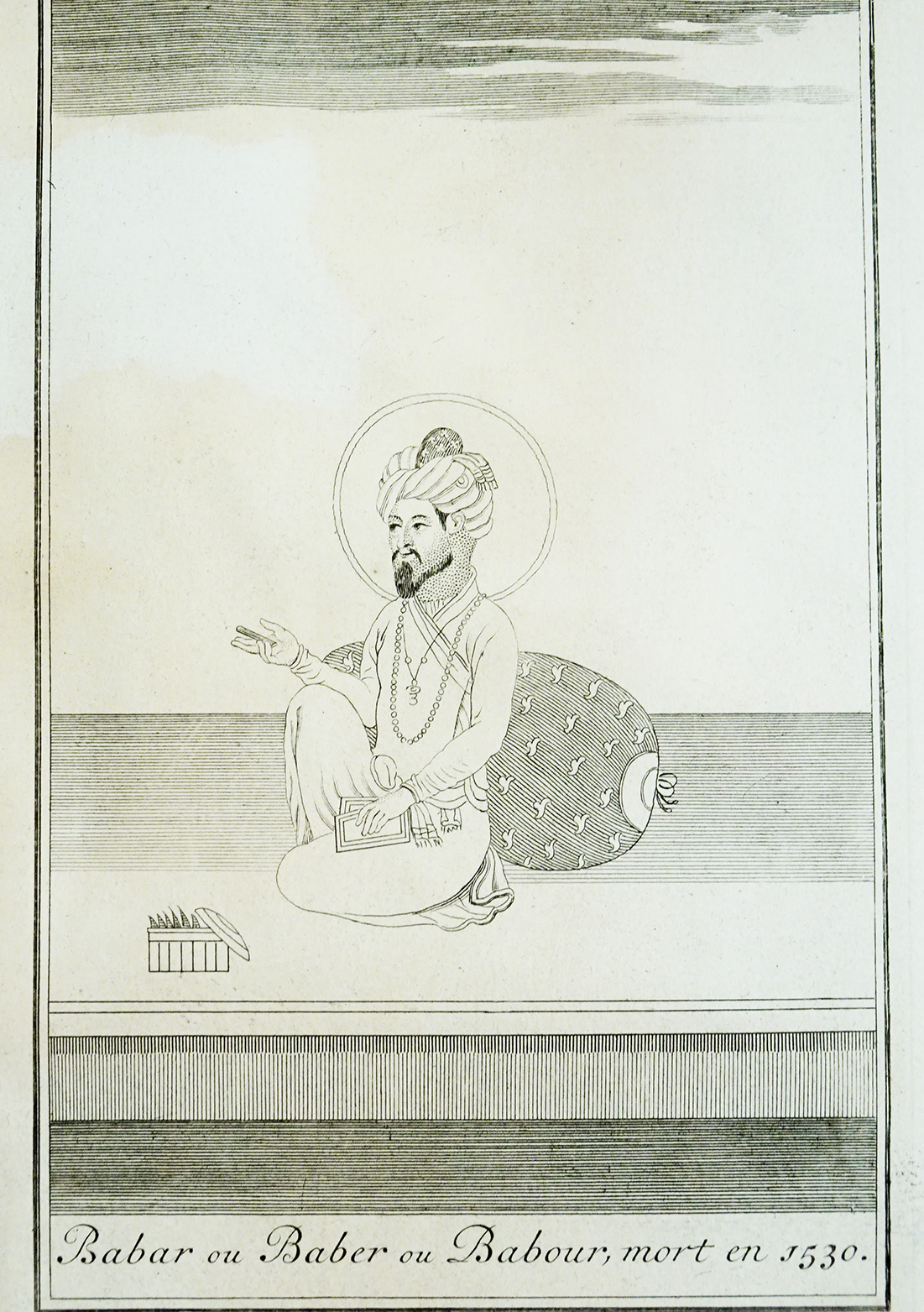
Memoirs of Zehir-ed-din Muhammed Baber, Emperor of Hindustan, Babur, translated by John Leyden, 1826, London
Babur (1483 – 1530) was the first monarch of the Mughal Empire. He was a descendant of Timur, who established the empire from the Central Asia to West Asia, and also was a descendant of Genghis family. Based in Kabul of Afghanistan, he advanced to North India, defeated the army of Lodi dynasty that ruled Delhi in the battle of Panipat in 1526, and made a beginning of the Mughal Empire. He had deep knowledge of languages including Chagatai language, his mother language, Persian and Arabic. This book on display, which is Babur’s reminiscences, is the masterpiece of the Chagatai prose.
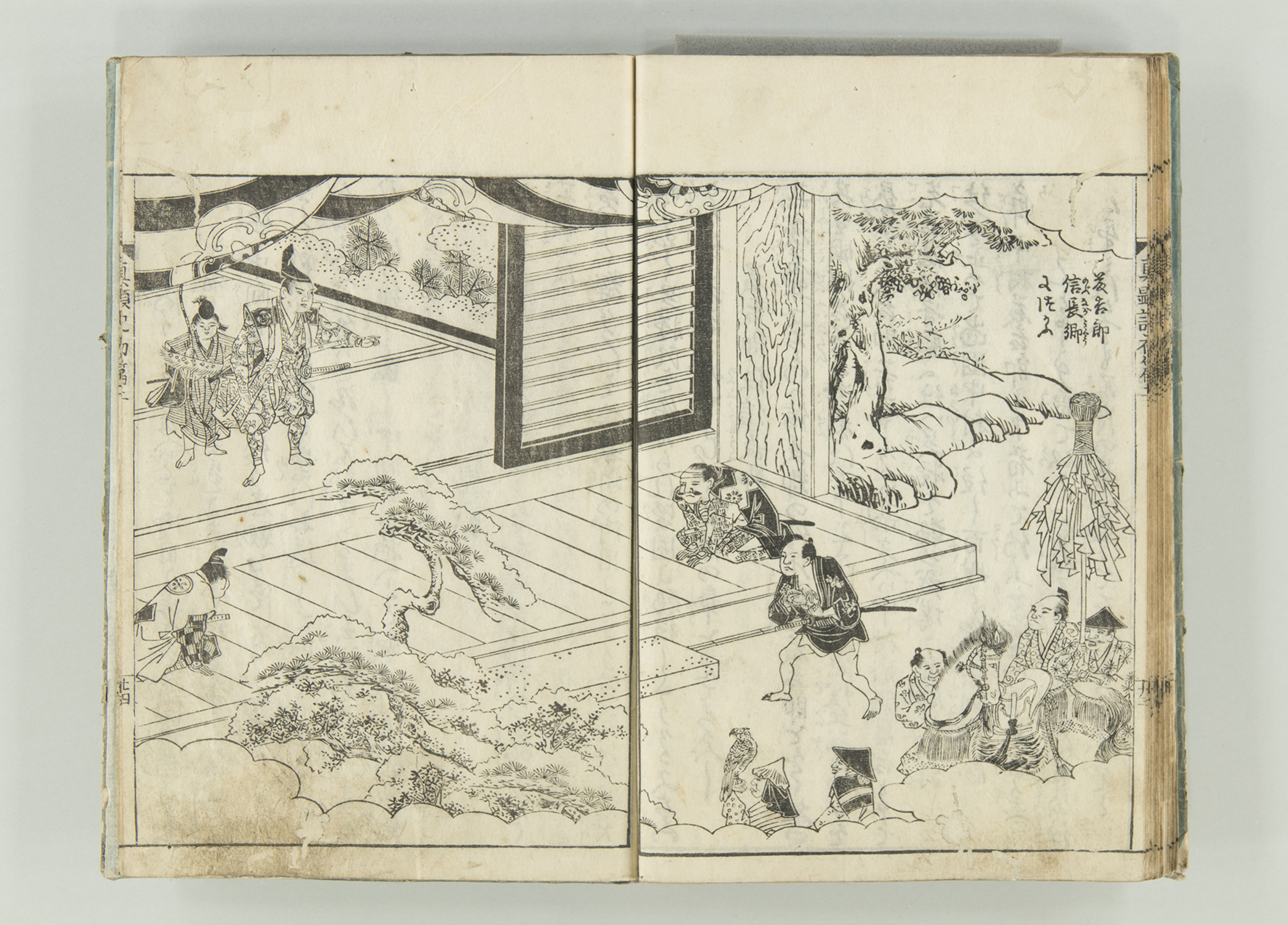
Illustration Book of The Chronicle of Toyotomi Hideyoshi,
illustrated by Okada Gyokuzan, 1797-1802
The Chronicle of Toyotomi Hideyoshi is a lengthy work of biography of Toyotomi Hideyoshi (1537-98), a Japanese feudal lord, that spans 84 volumes. This book was popular in urban centers, but its readership plummeted in 1804 with the shogunate demanding it not be printed. The text was returned to circulation in 1859. Okada Gyokuzan, an artist from Osaka, illustrated the book.
The Tracks of the Modern Nation-Building (19th-20th century)
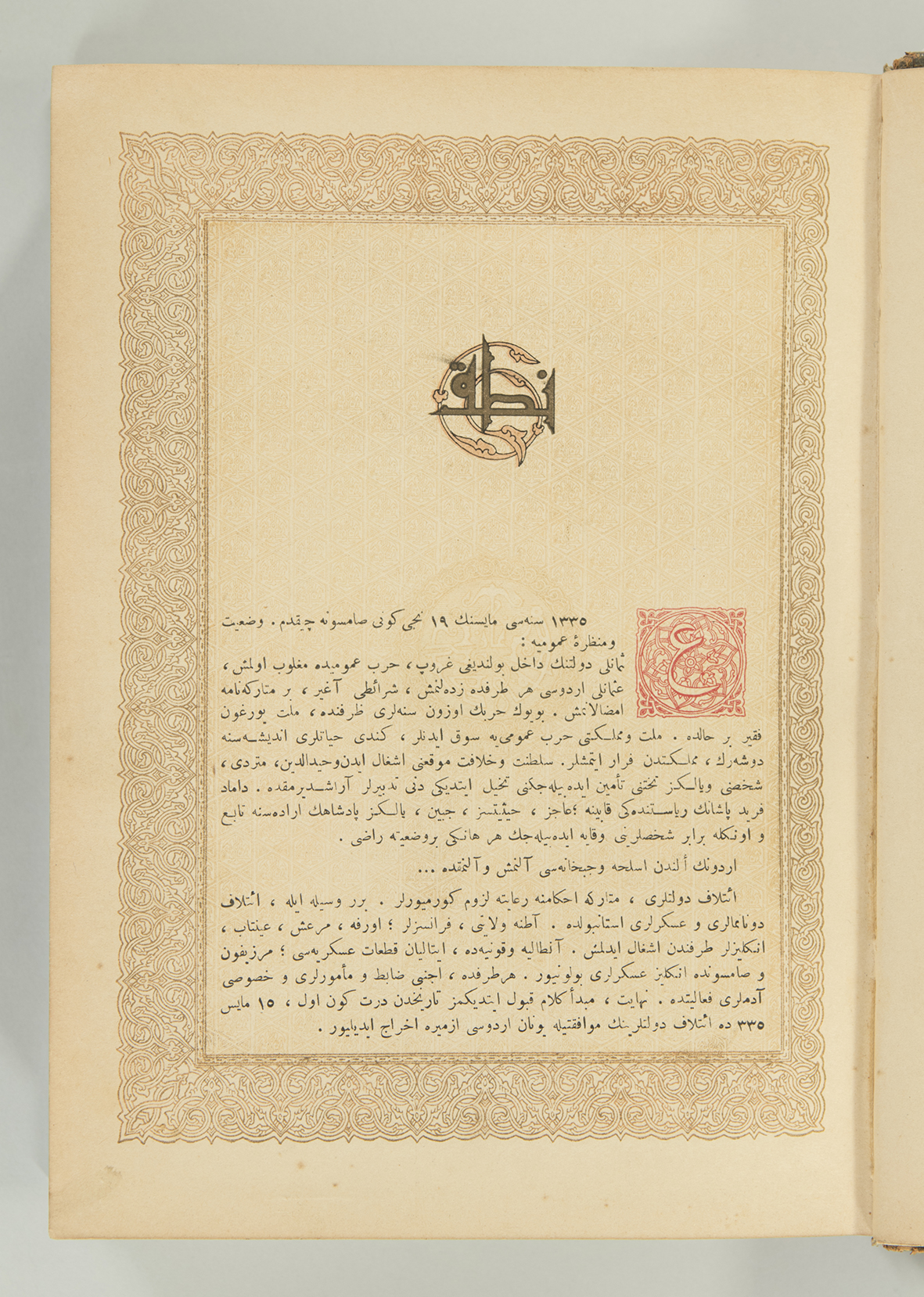
The Speech (Nutuk), Ghazi Mustafa Kemal, 1927
Mustafa Kemal Atatürk (1881?-1938) is known for defeating the Ottoman Empire and founding the Republic of Türkiye. Four years after the foundation of the republic, in 1927, he gave a great speech for the total of 36 hours over 6 consecutive days at the convention of the ruling party “Republican People's Party,” to summarize what happened during the period of the Turkish War of Independence and the founding of the Republic. This speech was published as The Speech (Nutuk) in the same year and became the basic document of the official history of the Turkish War of Independence in Turkey, and it is now on display here.
Museum Calendar
Museum
10:00a.m. - 5:00p.m. (Admission ends 30 minutes before closing time.)
Every Tuesday closed
Tel.03-3942-0280
